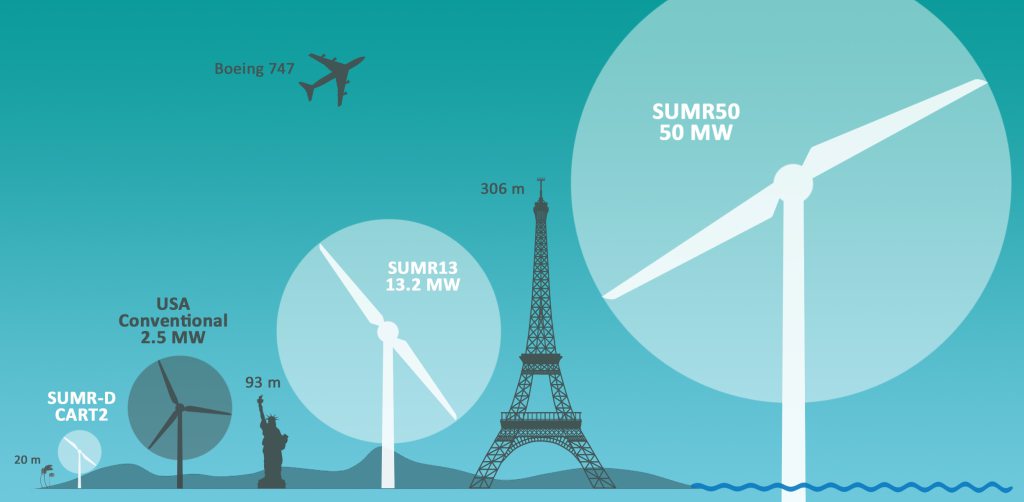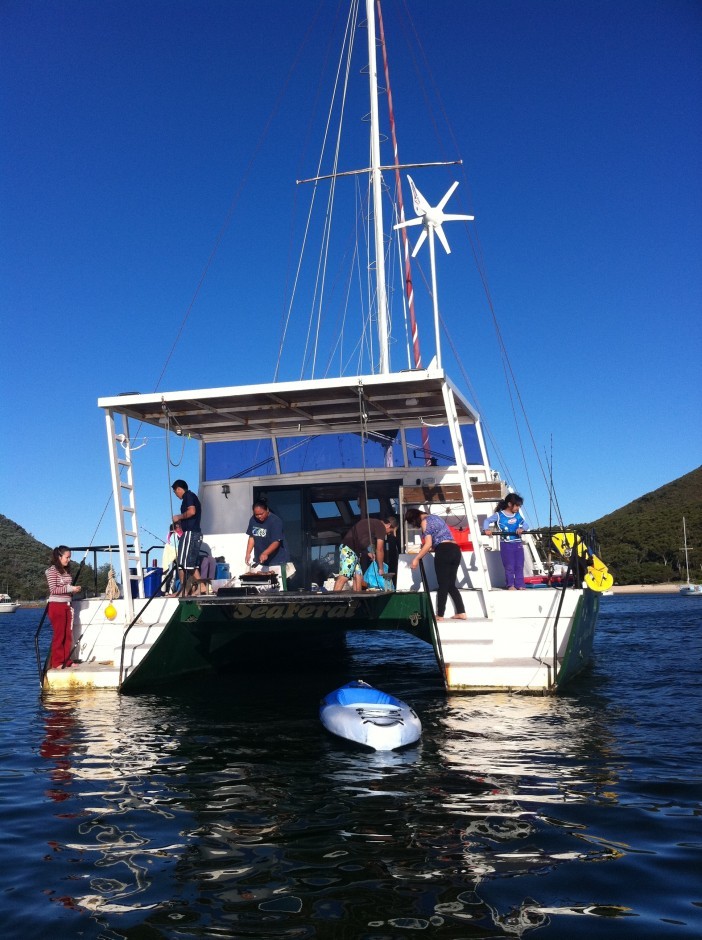Table of Content
- How many homes can one megawatt solar?
- How Much Does a Wind Turbine Cost for a Home?
- Factors that Affect Wind Energy
- How big of a wind turbine do I need to run my house?
- How many homes can a single 1mw wind turbine power?
- How big is a 1kw wind turbine?
- Do I need insurance for a home wind turbine?
- Why Does a New Startup Want Renewable Energy to Take Flight?
A 15 kW wind turbine will typically produce around 3,600 kWh per year. This means that the wind turbine would provide enough power for an average household. The large scale of wind turbines may be an eyesore to some. They are typically placed in rural areas where there is more space. Although they are typically placed where they will do the least damage to the environment, they can still have an impact. Despite the potential negative effects of wind turbines on wildlife, there are also some positive aspects to consider.
US solar power capacity has increased from 0.34 GW in 2008 to an estimated 97.2 GW today, which is sufficient to power 18 million typical American homes. Yes, wind turbines do work for some pieces of property, but that doesn’t mean that they are the best option. They are larger structures that require a lot of specific electronics.
How many homes can one megawatt solar?
This can cause problems for both aquatic and terrestrial animals. The chemicals used to lubricate the turbines can also pollute the air and water, which can be harmful to nearby wildlife. The presence of wind turbines can have both positive and negative effects on wildlife. On the positive side, wind turbines can provide new homes for wildlife.
And that’s not even touching on residential size wind turbines which can be used, in conjunction with wind power generators, to supplement household electricity usage. Regular wind turbines are usually very tall, and have gigantic blades, to catch as much wind power as possible. Obviously, when you have one in your back garden, you can’t have it built to the same scale, so you won’t capture nearly as much energy.
How Much Does a Wind Turbine Cost for a Home?
Over time, the performance of the blades deteriorates as they become increasingly blunt and their aerodynamic shape is distorted. As a result, the blades need to be regularly repaired and replaced. The average lifespan of a set of blades is 12 to 15 years, although this can be extended to 20 years or more with good maintenance.
Wind energy is one of the most affordable, clean, and easily accessible energy sources on the planet. A single modern offshore wind turbine can produce more than 8 megawatts of energy, enough to cleanly power nearly six homes for a year. We will be able to power more homes with fewer wind turbines as they grow bigger and more effective.
Factors that Affect Wind Energy
In some cases, the total land area required for a project may be several times the size of the actual turbine footprint. So we need enough wind generation capacity running at 40% capacity factors to generate 11,500 TWh over the course of a year. That turns into about 3.3 terawatts of wind generation capacity. Of course, we don’t measure electrical generation in exajoules, but in terawatt hours .

Obviously these economics get better as the average wind increases, and become very good at about 7 m/s or 15.7 mph. There is a variety of wind turbine types, each with its own pros and cons, and thus with different potential limits of energy generation. This article will help you to make sense of the jargon surrounding the wind energy industry. Wind energy is produced when we harness the power of our atmosphere’s airflow to create electricity. Wind turbines do this by capturing the kinetic energy of the wind (e.g. the moving energy). A megawatt of wind power generates virtually as much electricity for 225 to 300 households’ use.
How big of a wind turbine do I need to run my house?
Today, about half of all nations use wind power as a source of electricity. Denmark, a leader in wind energy, supplies half of its total consumption using wind, proving that a completely wind-powered economy is possible. There are quite a few factors that determine how much energy a wind turbine will generate. The size of the turbine is one of the most important factors in determining the noise levels of wind turbines. The speed of the wind also affects the noise levels of wind turbines. The faster the wind speed, the more noise the turbine will produce.

A typical home will use a turbine that is around 80 feet tall. The average wind speed in the United States is around 11 mph. However, wind speeds can range from as low as 3 mph to over 50 mph. The wind speeds required to power a home vary depending on the turbine size and efficiency. For comparison, the US coal fleet is running around 54%, nuclear is running around 90% and solar is running around 20% these days.
Moving from 6 to 7 m/s drastically drops the cost of energy to the point where the investment almost becomes a no-brainer. A small wind turbine can cost between $3,000 and $5,000 per kW rated power fully installed . Nost homeowners using wind as a primary source of electricity will install between 5 to 15 kW, at a total coast between $15,000 and $75,000.
The blades of a turbine can be up to 260 feet long with the rotor being the size of a football field. The flicker-effect caused by the blades can also be bothersome to some. The main wear-and-tear component of a turbine is the blades. The leading edge of the blades is subject to continual erosion by wind-blown sand and dust, which reduces their efficiency and increases noise levels.
Because this isn’t common in most areas, wind turbines often aren’t mentioned. Some cities do have generalized zoning requirements that would cover them, though. In some cases, the installer may take care of this for you. The Gansu Wind Farm in China, with a capacity of 8 GW, is the world’s largest.

Commercial wind farms with very large blades have their hubs more than 80m high and thus can reach the higher wind regions. For smaller home and business systems, heights can be limited by local regulation, and of course economics. However for wind turbines, to maximise power and therefore energy, it’s important to go as high as regulations and/or economics allow.
No comments:
Post a Comment